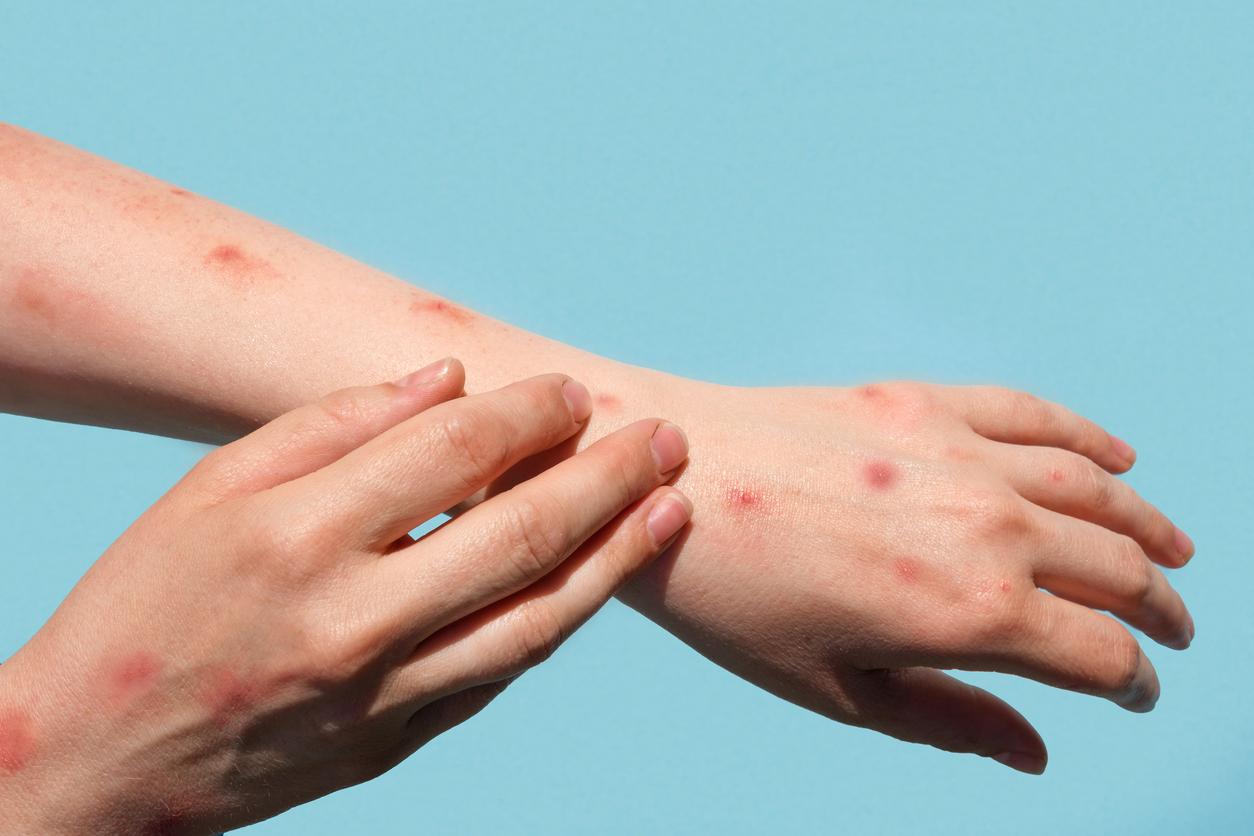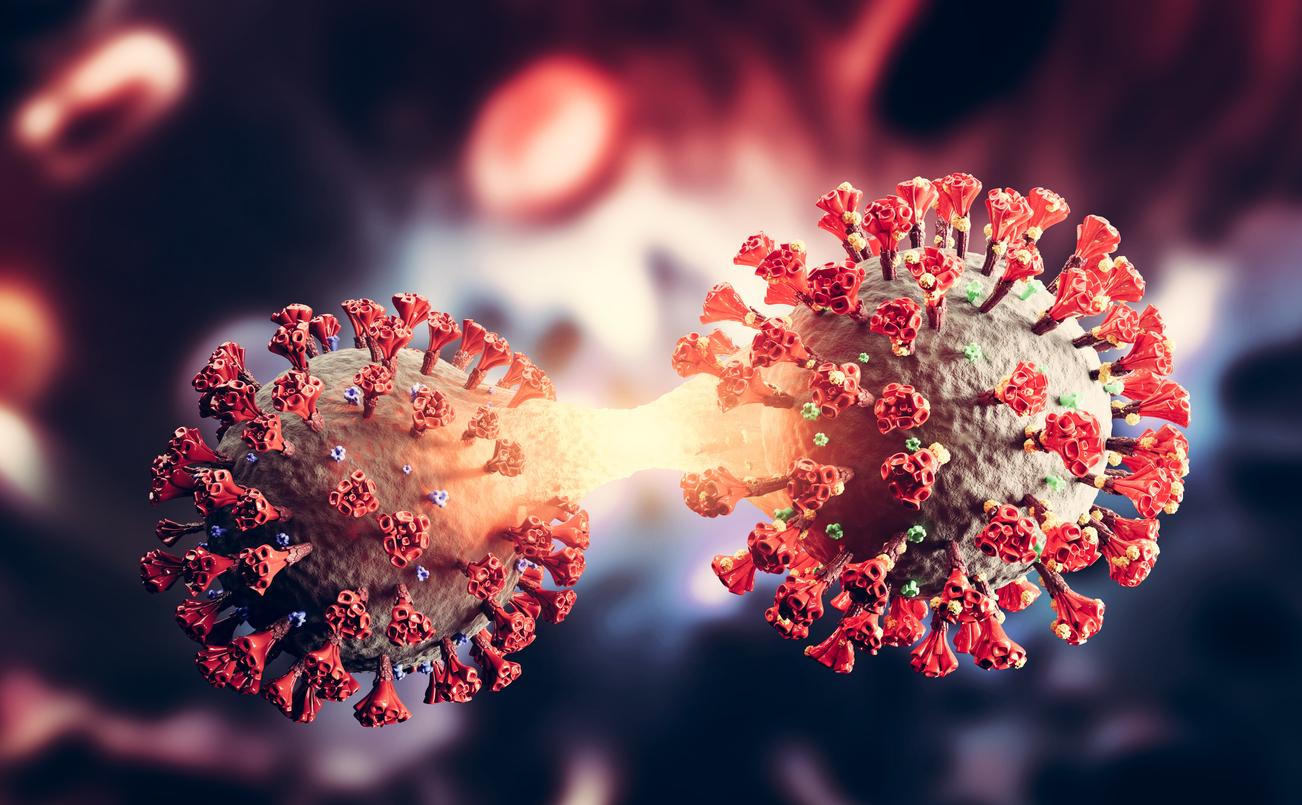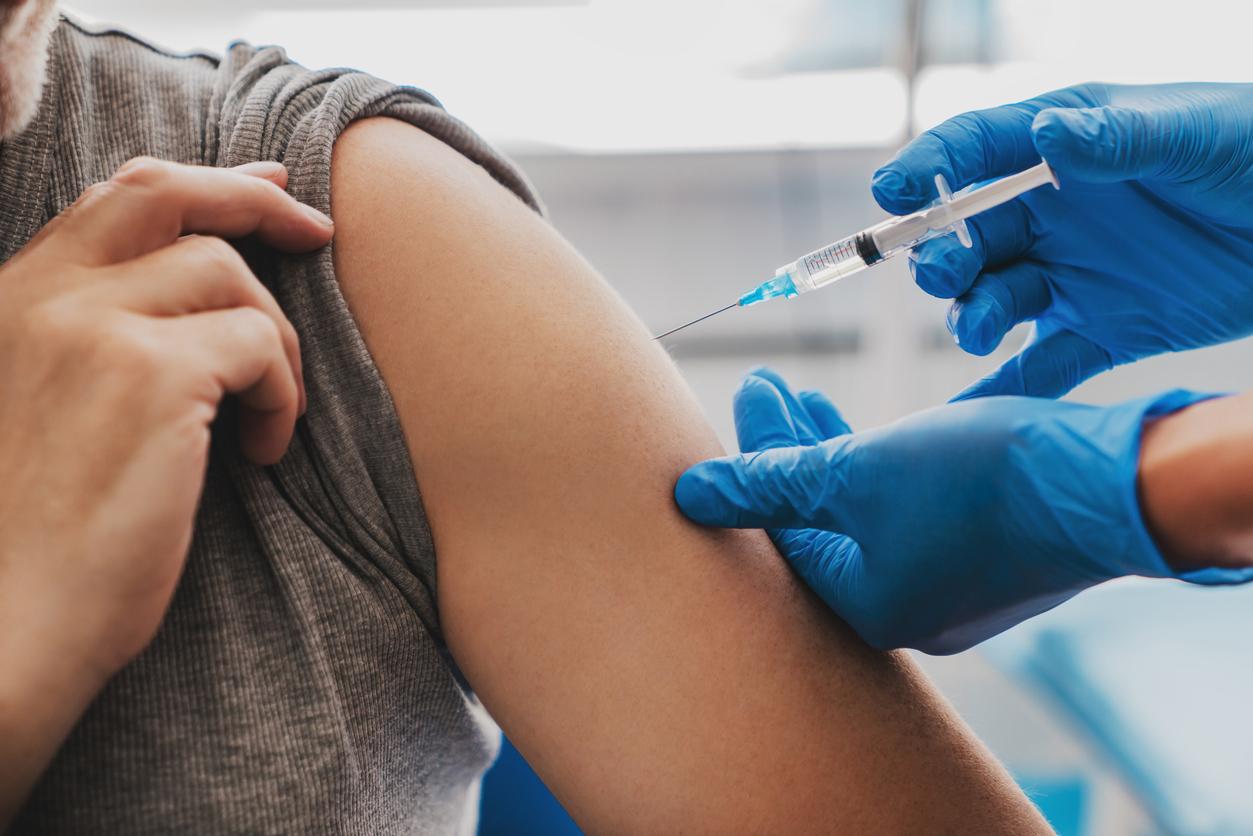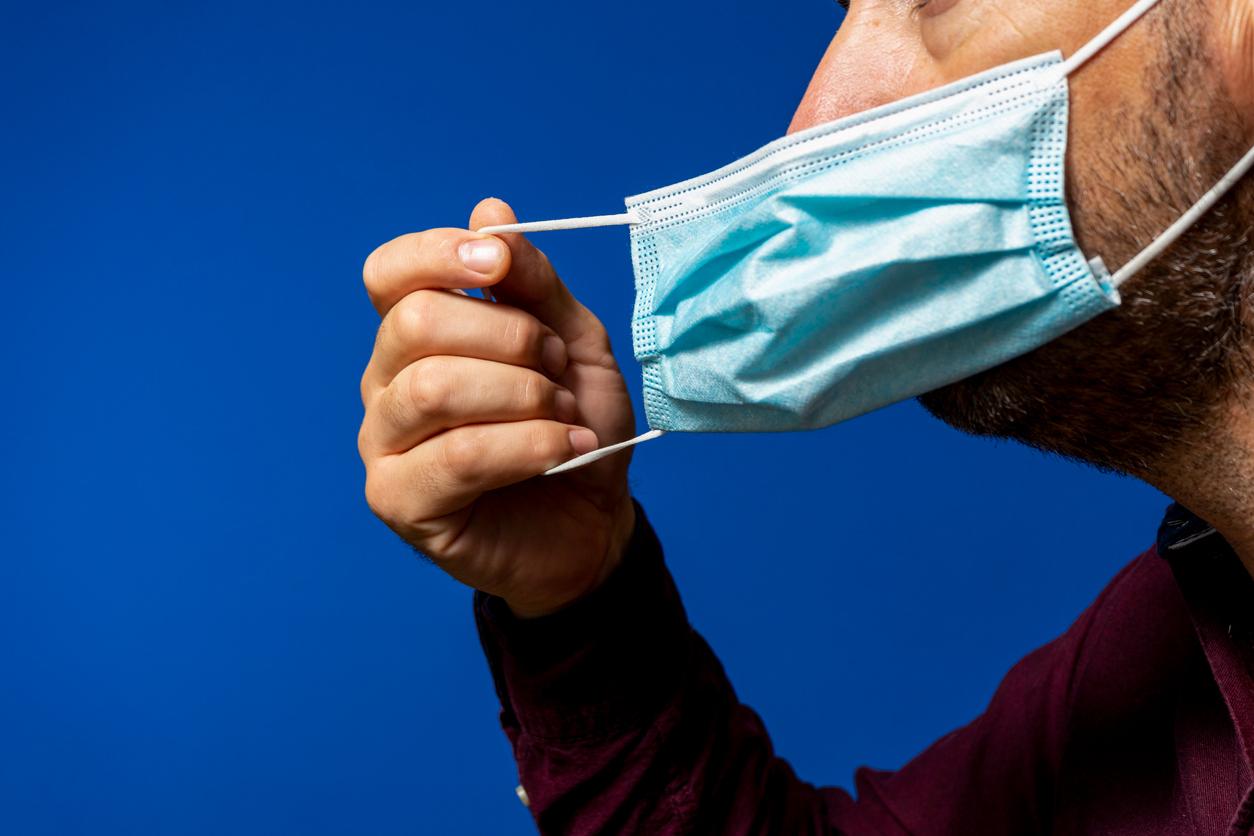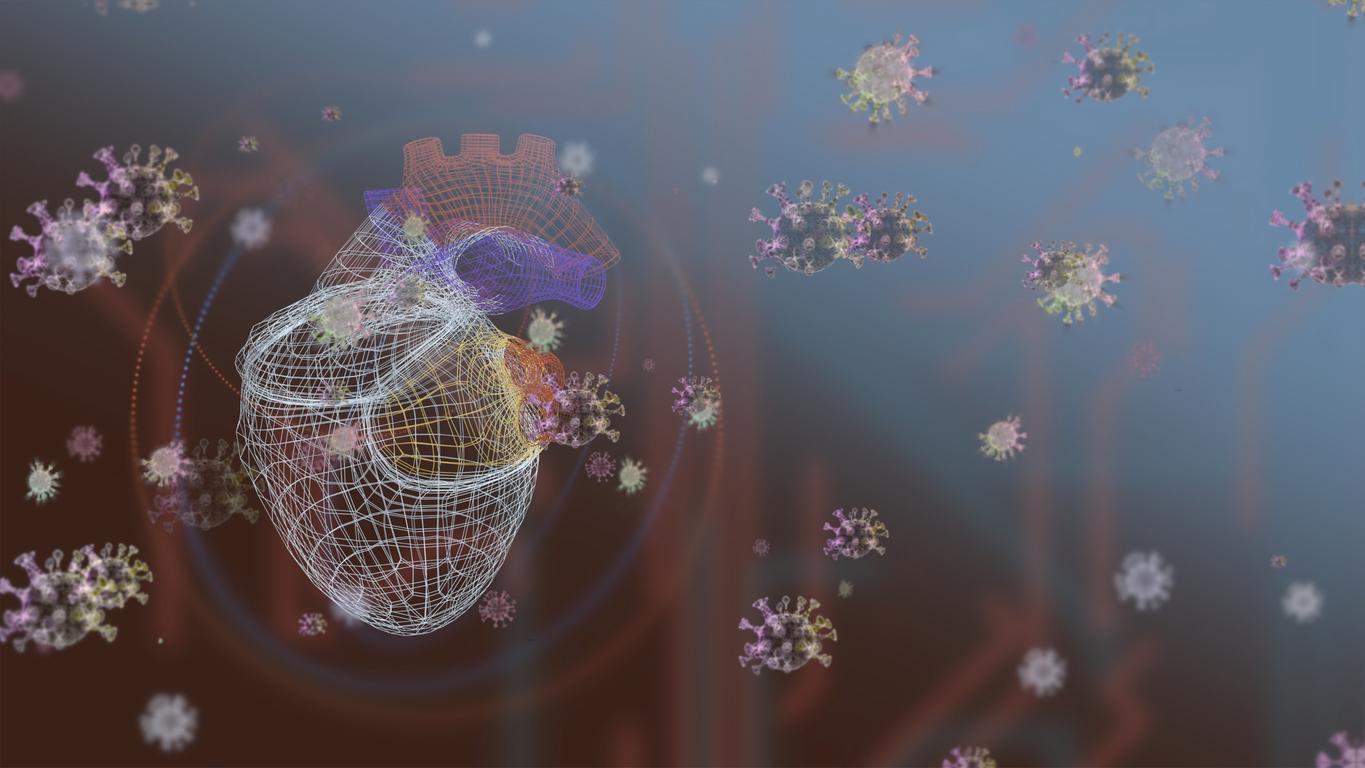The 2021-2022 season has been a blank year for influenza, as well as other winter infections. A situation which risks reducing our natural immunity and which complicates the task of experts in choosing the right vaccine mixture for the next season.
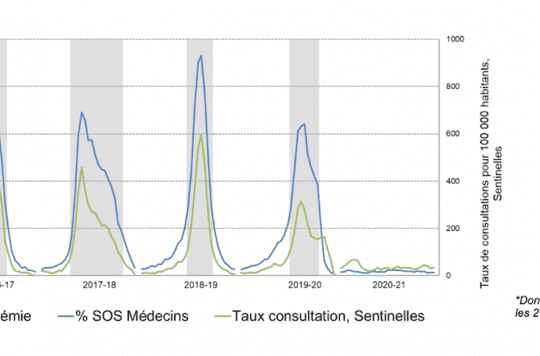
- Influenza was virtually absent due to health measures linked to the Covid crisis
- But this “white year” for the flu could be a problem in the development of future vaccines
This season, the number of flu cases, in France and in Western countries, is the lowest ever recorded. In France, the number of consultations and hospitalizations for flu-like illness since the end of September are the lowest ever encountered according to Public Health France, and no patient was admitted to intensive care for influenza this year. The trend is the same in Europe, the United States and the rest of the world and it is not without posing problems for experts flu.
Not only has the herd immunity of the French population been reduced because it has not been awakened by contact with the viruses in circulation this winter (even in the event of asymptomatic infection), which risks making us most vulnerable according to many scientists. But, in addition, with the low number of viruses in circulation in the world, influenza experts have more difficulty in choosing which are the different strains of influenza virus to include in the next “vaccine cocktail” at the base of the annual vaccination.
Where did the flu go this winter?
With the distancing measures put in place in March 2020 to stop the spread of the coronavirus, the flu quickly disappeared and it still hasn’t returned. The current flu season, which should normally have lasted between September 2020 and until the beginning of May 2021, has hardly taken place.
The fears of a Twindemic (double epidemic), with its risk of worsening the burden of respiratory infections and overflowing the healthcare system, were disappointed. And fortunately because the coronavirus took care of it on its own
Why did the flu disappear?
In addition to distancing measures and wearing a mask, it is true that this year a little more people got vaccinated against the flu than usual (55.1% compared to 47.8% the previous year) . But this may not be the only explanation, as there have also been fewer respiratory infections such as respiratory syncytial virus.
According to some experts, it is also possible that the coronavirus played a direct role in this erasure, through a simple mechanism of ecological competition, because virologists conventionally say that a single respiratory virus dominates at a given time in a given population. .
When will the flu come back?
It is certain that the flu will return according to the experts, it always comes back, moving from one country and one hemisphere to another (winter in the northern hemisphere and summer in the southern hemisphere), but they don’t know when. It is even possible that with the very likely extension of distancing and mask-wearing measures until 2022, the next flu season (2021-2022) will also be reduced.
But, beyond 2022, unless we imagine a drastic change in the behavior of the French population, with the persistence of a habit of wearing a mask in public transport and washing hands during periods of flu, this sick will come back.
And this return of influenza after one or two blank years complicates the task of experts: it is difficult for them to assess the potential severity of viral strains, as well as their impact on a less immunized population, due to the small number of strains in circulation, and that does not stop worrying the specialists of the flu.
Will the return of the flu be more serious?
Influenza is a relatively common illness but can be serious, even fatal, in young children, the elderly and adults with chronic illnesses. However, each year, between 20 and 30% of the population would see their natural immunity strengthened and stimulated by exposure to influenza viruses… which will not occur this year due to the absence of circulation of the virus.
This lack of exposure to the latest strains of influenza, during the SARS-CoV-2 pandemic, could therefore make the population more vulnerable to the virus when it returns, whatever its form. This decline in natural immunity is of concern to many flu experts because lower natural immunity could lead to more infections and more serious illnesses.
How to choose the right vaccine mix for next year?
Creating the flu vaccine has also been made more difficult this year than in the past. Every year, usually at the end of winter in the northern hemisphere, international flu experts assess the severity of flu strains circulating around the world (in summer the flu passes through the southern hemisphere and in France we studies the circulation of viruses in Reunion extensively) and meet to Choose the strains to be included in the vaccine of the year.
As part of this choice, they include not only the most serious strains in circulation but also those which, according to their estimates, seem to them to be able to circulate strongly the following year. It is therefore a form of bet, but a reasoned bet based on viral epidemiological data.
With the drop in the number of influenza cases and virus strains in circulation during this almost white year, the task of the experts for the choice of the strains to put in the vaccine is made even more complicated and the bet is even more risky. : it is difficult to assess the potential severity of a strain on such a small number of cases to predict which new strains will circulate in 2021-2022.
Not everything is negative
The absence of influenza nevertheless presents a potentially positive aspect: with the decrease in the number of cases, it is also possible that the virus did not have as many opportunities to evolve. This potential decrease in mutations could therefore, perhaps, be associated with greater efficacy of vaccines.
In the end, however, the reduced circulation of the flu and the uncertainty surrounding its return paradoxically makes its vaccination even more important, and for several years. However, manufacturers will have to plan for more doses because there clearly were not enough in September 2021.
.












